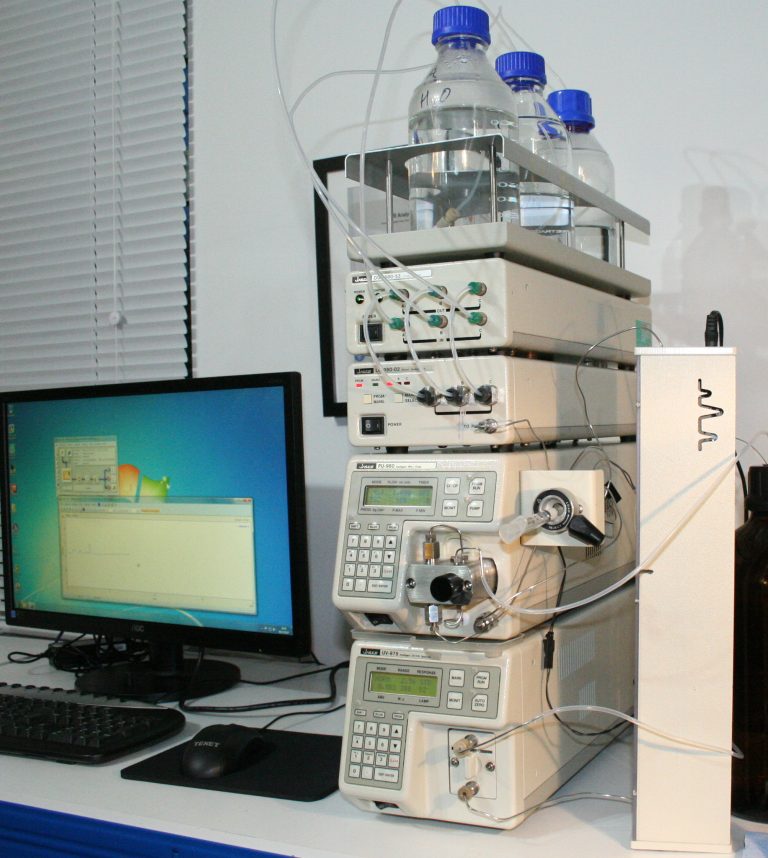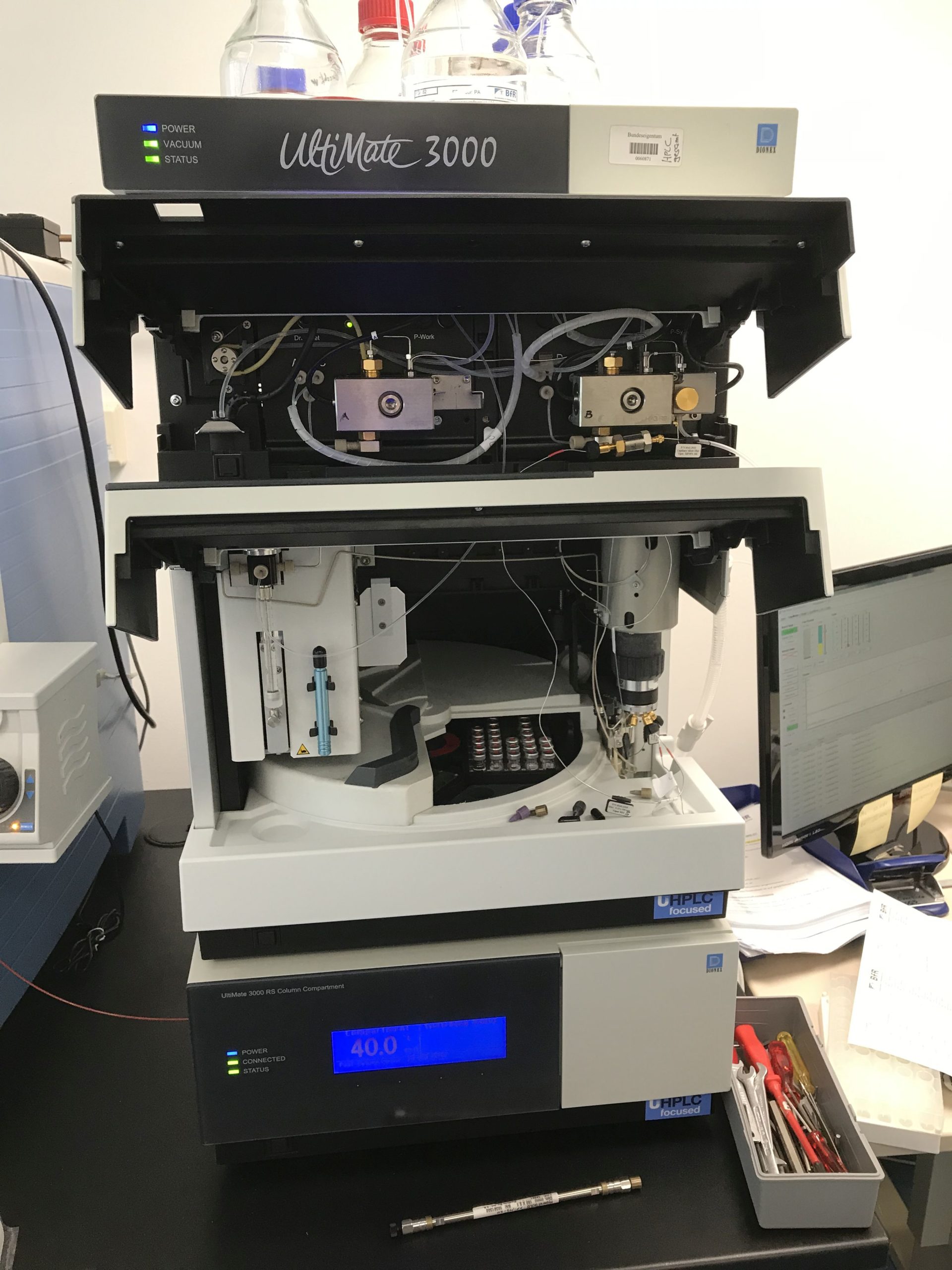

They are often filtered through a 0.22-micron filter and sealed in solvent-rinsed containers under an inert atmosphere to avoid contaminations.

HPLC grade wate r is ultra-pure water with low UV-absorbance wherein specific conductivity (16-18 meha ohms) is maintained by water purification systems. HPLC techniques can be applied to samples such as environmental, forensic, pharmaceuticals, food, and industrial chemicals. With appropriate chromatographic detectors, compounds in trace concentrations as low as parts per trillion (ppt) can easily be identified. Ultra-pure or HPLC grade water or ASTM specified Type 1 water is used for HPLC analysis. General laboratory applications include glassware washing and rinsing, reagent and buffer solution preparation, making blanks and standard solutions for calibration purposes, etc. Reagent grade water is defined as water suitable for use in a specified procedure such that it does not interfere with the specificity, accuracy and the precision of the procedure. Water for laboratory use requires different degrees of treatment for required applications. Water contaminants include dissolved atmospheric gases, natural minerals and organic substances, dissolved solids and suspensions and bacteria or microorganisms if the necessary nutrients and environmental conditions are present to support them. Water is a universal solvent as it dissolves most substances, but ordinary tap water cannot be used for laboratory applications due to the presence of contamination. In HPLC analysis, water is used in mobile phases and sample preparation. The method of determination of eugenol by HPLC is accurate to evaluate the quality and safety assurance of clove, based on the results of this study.HPLC is a reliable and established technique used in laboratories to separate, identify, and quantify components in a mixture. Quantitative analysis of the 15 clove samples showed that the content of eugenol varied significantly, ranging from 163 to 1049 ppb. The method was applied to the analysis of eugenol from clove cultivated in various countries (Indonesia, Singapore, and China). The method showed good intraday precision (%RSD 0.08-0.27%) and interday precision (%RSD 0.32-1.19%). The LOD was 0.81 and the LOQ was 2.47 ng/mL. Calibration graphs were linear with very good correlation coefficients (r2 > 0.9999) from 12.5 to 1000 ng/mL. HPLC separation was accomplished on an XTerra RP18 column (250 x 4.6 mm id, 5 microm) with an isocratic mobile phase of 60% methanol and DAD at 280 nm. This paper reports the development and validation of an HPLC-diode array detection (DAD) method for the determination of eugenol in clove. Eugenol is the main active ingredient of clove and has been chosen as a marker compound for the chemical evaluation or QC of clove. Clove (Eugenia caryophyllata) is a well-known medicinal plant used for diarrhea, digestive disorders, or in antiseptics in Korea.


 0 kommentar(er)
0 kommentar(er)
